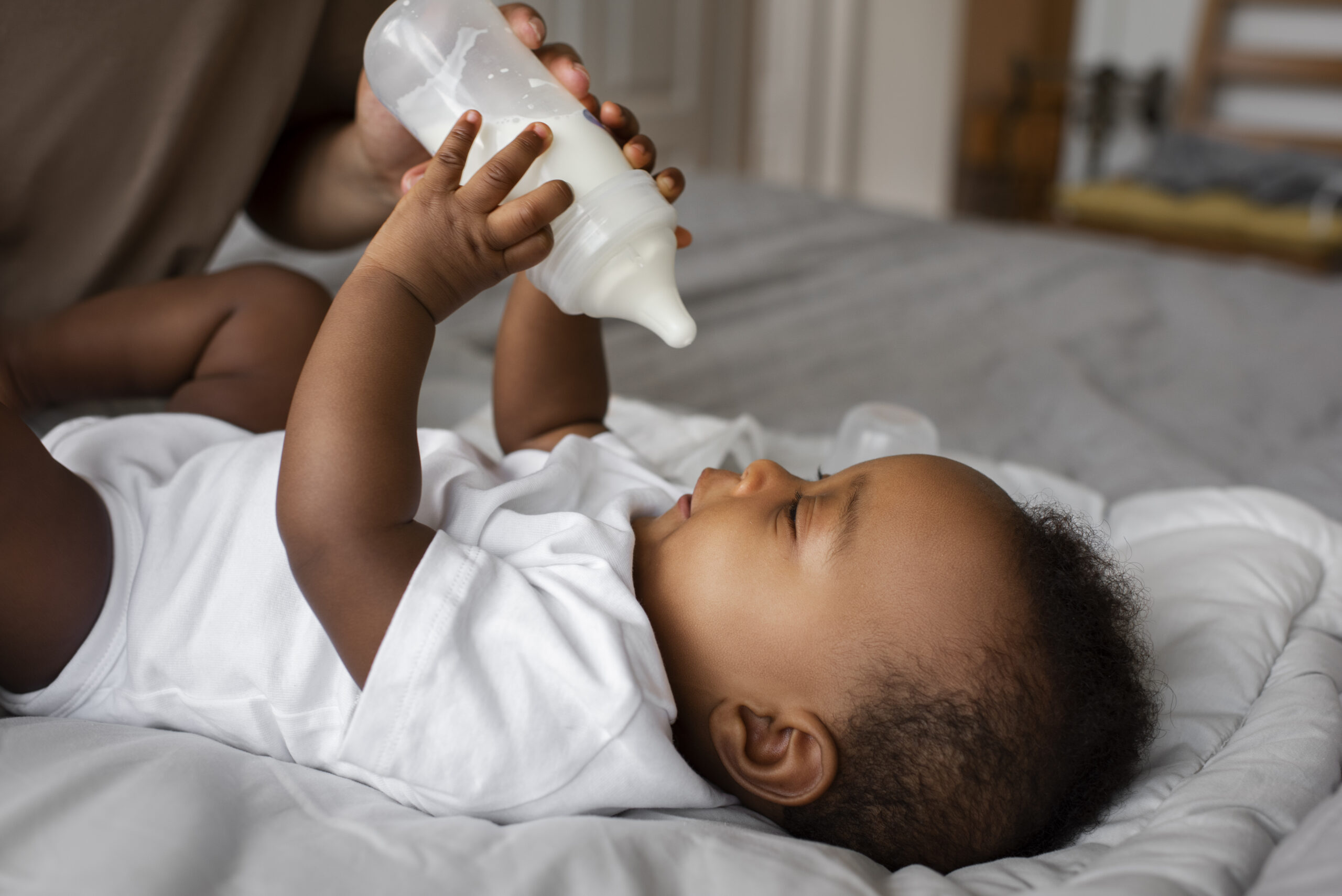Healing episiotomy wound after birth
An episiotomy is an incision performed between the vagina and the rectum to increase the size of the opening of the vagina and assist in the delivery of a baby.
An episiotomy is an incision performed between the vagina and the rectum to increase the size of the opening of the vagina and assist in the delivery of a baby. Although Doctors argue that a surgical incision is easier to repair than a spontaneous irregular or extensive tear, taking care of your stitches properly after giving birth will reduce the risk of infection and help you heal much faster.
Though most mothers dread stitches, having an episiotomy is a simple and common procedure and stitches are necessary to help your wound close and heal properly. Normally, you should not feel pain as the cut is being made, as the area will be anaesthetised, but if you do, just bear with it. It does not last forever.
Taking care of episiotomy stitches…
It is important to take good care of the episiotomy stitches to avoid infection and help you heal much faster. Here are a few tips to help you.
Clean and dry. Once the stitches are in, it is very important to keep your perineum (the area between your vagina and anus) clean. Wash the area with warm water at least once a day and pat the area dry with a soft towel from front to back to avoid spreading any infection to your vagina.
Sit comfortably. As long as your perineum is healing well, the soreness should ease within five days. This is about the time that the stitches dissolve and drop out. Your doctor will check the area and it is important to discuss with him any concerns you may have. For example, if the perineum is painful, inflamed and swollen, has a nasty smell or discharge, or you have a high temperature of over 37.5 degrees centigrade, this could be a sign that the wound may be infected. Your doctor may recommend a dose of antibiotics to treat the infection. It is normal to feel a bit uncomfortable in the first weeks, but if this goes on for a longer period of time, talk to your doctor.
Take it easy. Overdoing things can put pressure on the stitches and could make them hurt. Therefore, take a rest and do not lift anything heavy, even your toddler if possible, for at least a month. It is also recommended that you put your feet up when seated and rest as much as possible.
Toilet troubles. If urinating stings, try adding two drops of lavender essential oil to a jug of warm water and pour it over the sore area as you urinate as this can help relieve the pain. It is natural to dread opening your bowels for the first time after giving birth, but you can make it easier by eating foods rich in fibre and drinking plenty of fluids to keep your stools soft and bulky. Another tip is to hold a sanitary towel over your stitches while you open your bowels. You may find it easier to try a semi-standing position, but make sure you are well supported. If after a few days you have not been to the toilet, ask your doctor for lactulopose (a synthetic sugar used to ease constipation) or drink a lot of boiled water.
Love me tender. Many women wait until after the six weeks postnatal check up to resume sex, while others do not feel ready for months. Even if you are eager to go, it is wise to wait until the stitches have dissolved before making love. Wait until you are both ready. If it hurts, stop, and try again a few days later. If sex is still painful, tell your doctor, so that he can check whether you have healed properly. Sometimes, the perineum may have been sewn up too tightly, and will need to be re-stitched, although this is rare.
To soothe the stitches…
Take paracetamol, or ask your doctor for stronger medication, but let him know if you are breastfeeding.
Wrap an icepack in a clean cloth and press it on to your perineum.
Sit on a cushion to help ease pressure on the area.
Do your pelvic floor exercises regularly as they aid the healing process and boost blood supply to the wound.
Add a cup of salt to a bowl of warm water and sit in it for a few minutes.
Published on May 2013




